Victoria’s Premier Daniel Andrews has reinstated “stage 3 stay-at-home orders” for Metropolitan Melbourne and Mitchell Shire, affecting 4.9 million people in 30 local government areas.
School holidays will be extended by a week. Meanwhile, all other school years will likely return to remote learning, though school closures have not been confirmed yet.
“I can confirm that all Year 11 and Year 12 students in metropolitan Melbourne and Mitchell Shire will go back to school for Term 3 as planned, along with our special schools,” Andrews said.
The 30 local government areas affected include Metropolitan Melbourne, Banyule, Hume, Moreland, Bayside, Kingston, Mornington Peninsula, Boroondara, Knox, Nillumbik, Manningham, Port Phillip, Cardinia, Maribyrnong, Stonnington, Casey, Maroondah, Whitehorse, Darebin, Melbourne, Whittlesea, Frankston, Melton, Wyndham, Glen Eira, Monash, Yarra, Greater Dandenong, Moonee Valley, Yarra Ranges, Hobsons Bay.
Within Mitchell Shire, it includes the towns of Broadford, Kilmore, Seymour, Tallarook, Pyalong, and Wallan.
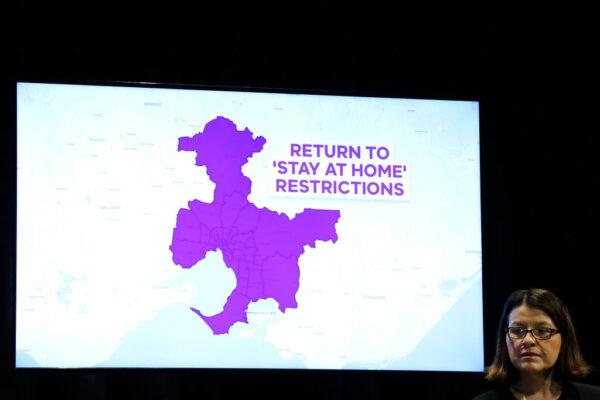
What the Restrictions Mean
Once again, there are only four reasons residents will be allowed to leave their homes.“Shopping for food and essential items. Care and caregiving. Exercise. Work and study—if you can’t do it from home,” he said.
No visitors will be allowed in homes, public gatherings, and exercise can only be with immediate household or two people.
Businesses within Metropolitan Melbourne will also go back to stage three restrictions. Food courts will close.
“Restaurants and cafes will return to takeaway and delivery services only. Beauty and personal services will need to close. Entertainment and cultural venues will need to close. Community sport will need to stop.”
Galleries, museums, and zoos will return to restricting visitors.
Religious ceremonies will return to broadcast only, however funerals of up to ten people will be allowed. Wedding ceremonies will only be allowed to be attended by the couple, two witnesses, and the celebrant.
Real estate auctions will return to online trade, and inspections will be by appointment only.
Andrews released a summary of all the restrictions on Twitter.
“We’ve talked about this virus being like a public health bushfire. By putting a ring around metropolitan Melbourne, we’re essentially putting in place a perimeter to protect regional Victorians,” Andrews said
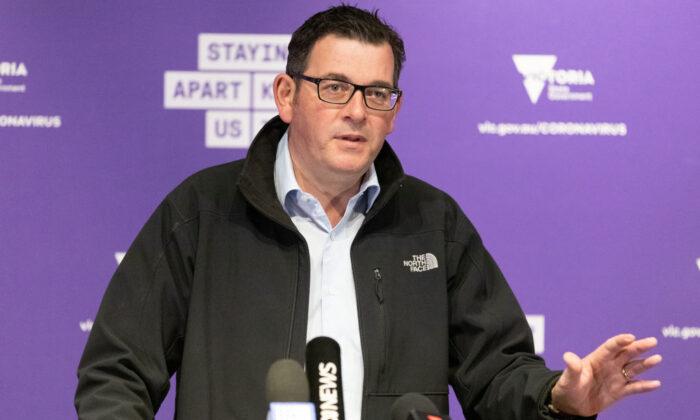

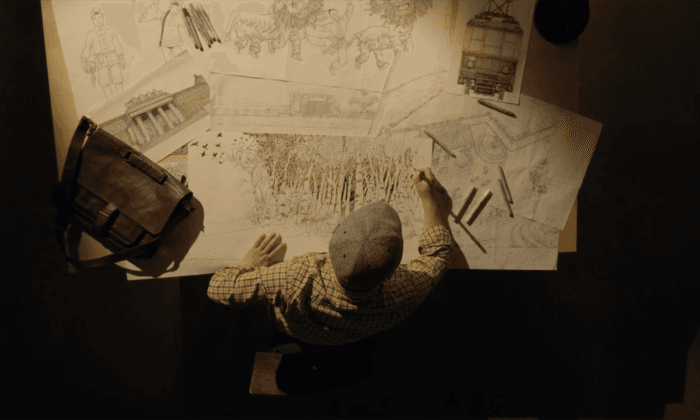
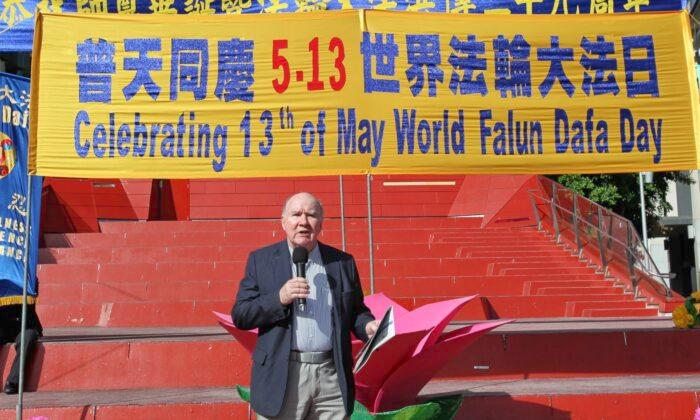
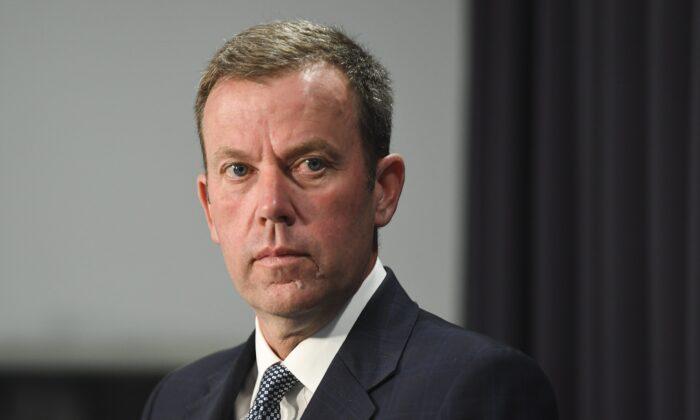
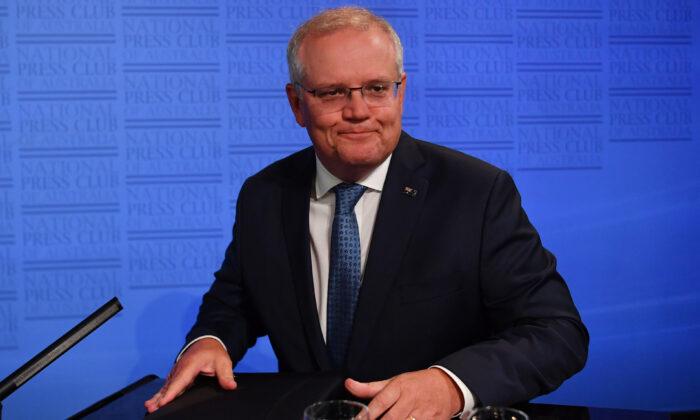
Friends Read Free